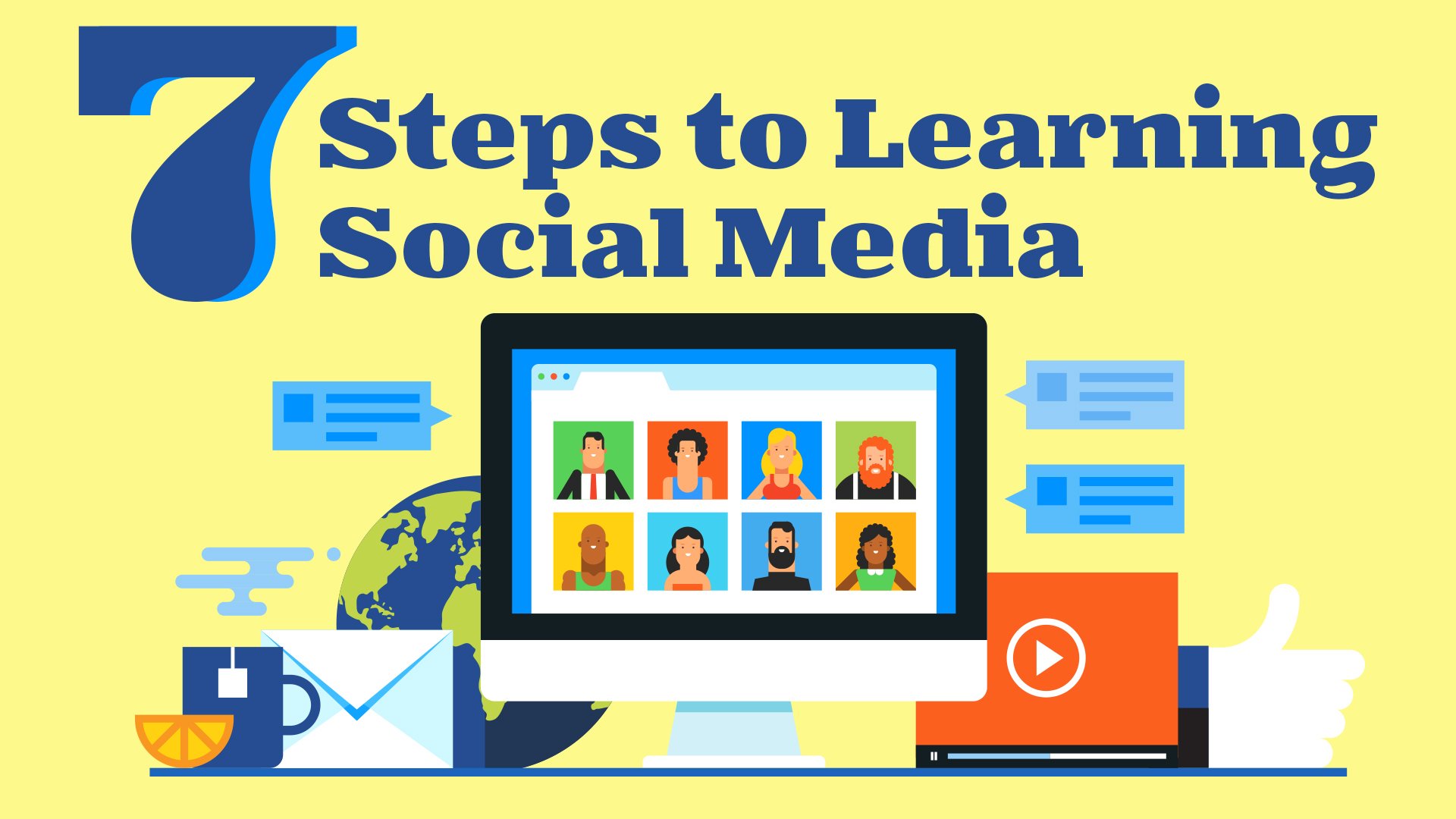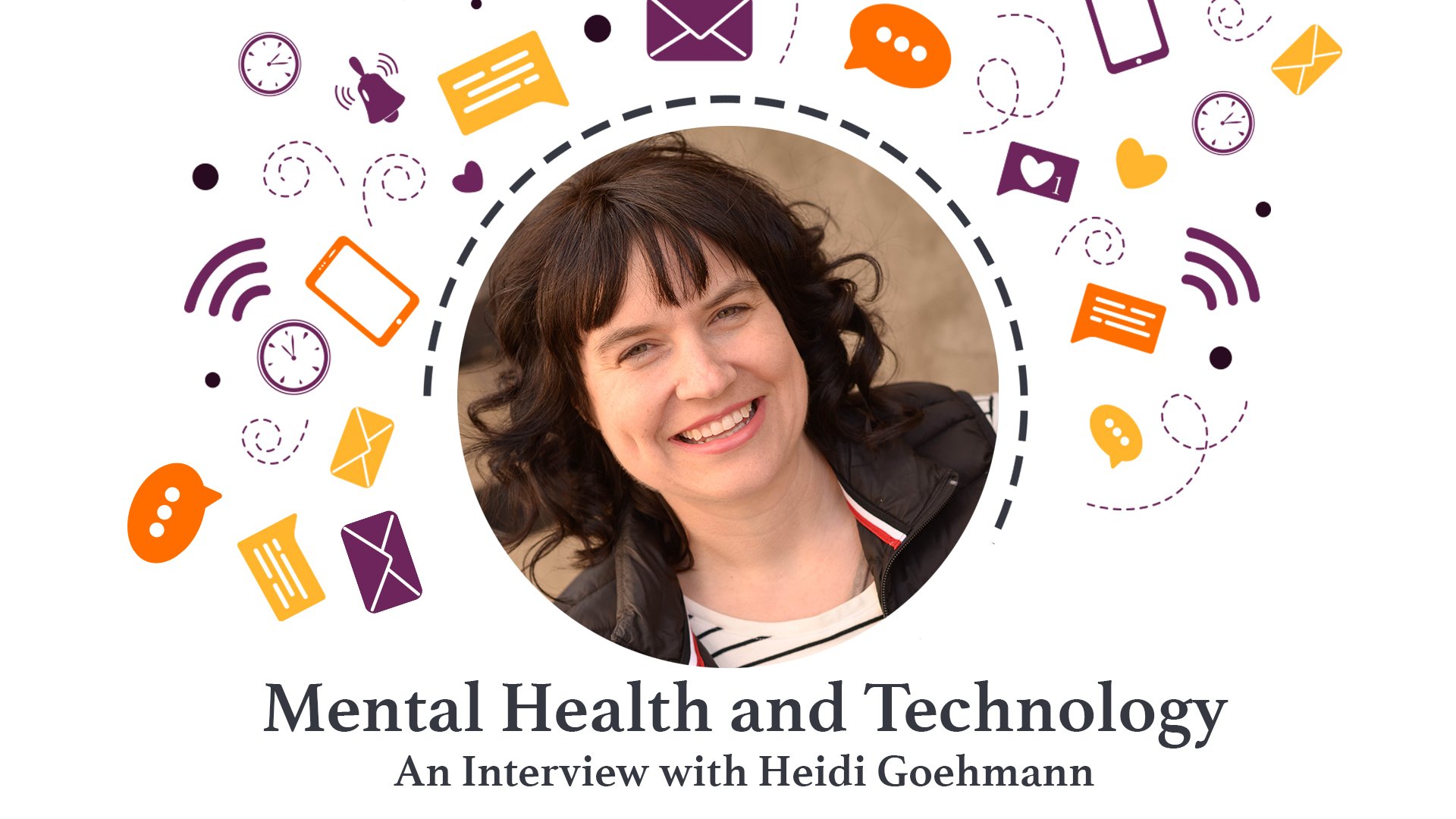
In the process of creating new and fresh content for your church on different social media platforms, knowing where to start can feel overwhelming. Although the process may take a while to learn, there are seven easy steps to help you become more comfortable on your page. By following these steps, you will learn what works for you and find ways to engage with a broader group of people who may not hear the Word of God in other places.
1. Who?
The first questions that you should ask when posting are “Who is my current audience?” and “Who do I want to be my audience in the future?” By understanding who your media is currently attracting, you can structure posts to cater to their interest. In most situations, your initial group of followers will be from your congregation. If your intention is to attract new people to your page to spread the Word, then you create a plan to structure content for the individuals you want to attract.
2. What Kind of Content?
As I mentioned, when first creating a page for your church, you will see an influx of engagement from your church members. Your first few posts could be aimed at gaining their interest, either by creating content around the sermon of that week or showing off a recent event that your congregation was a part of. When you begin to venture past the initial follower base and look to engage with new people you can use sermon quotes or Bible verses that someone who is new to Christianity should hear. You will quickly learn what does and does not work for your page and can begin to create more content of the kind that has been received well.
3. How Often?
One of the next questions that you should begin to ask is “How often should I post on my page?” The truth is you need to assess that for yourself because the answer is different for everyone. If you have multiple hours every week to work on social media, then you can post five or more times per week, but that is not feasible for most churches. If you set a goal of posting five to ten times each week, you can easily burn out and your page will reflect that. What is important is to be consistent with your posting and be reasonable with yourself about how much time you can dedicate to this. Posting once or twice a week consistently is much better than pushing yourself to a point that is not sustainable.
4. When?
Another important piece of content creation is finding a suitable time of day to post. The goal with posting at a certain time is to have your post shown on the top of people’s feed or page when they open the social application. Typically, one of the best times to post is around noon as most people are on their phones during their lunch breaks, and this gives your content the greatest likelihood of attention. However, each media site is different and what works for one may not work for another. If lunch breaks are not working, then try out various other times such as right away in the morning as people are starting their day or later in the evening. Find something that works well for you and your schedule.
5. Scheduling Tools
There is a medley of scheduling tools and applications that you can use to make the process of posting even easier. Instead of needing to actively go to your page and create the post at a certain time, you can schedule out a week or more of posts at once and these applications will post them for you. Facebook has a tool implemented within the application itself to do this exact thing. Otherwise, using applications such as Hootsuite gives that capability. If this is not something you want to utilize, you can also use any calendar (physical or digital), map out posts, and set yourself reminders.
6. What's Working? What's Not?
After spending time working through these steps, you should begin to ask yourself “What am I doing that works?” and “What do I need to cut out of my process?” This step is completely unique to you and your page. For this to work, you need to be willing to assess your page honestly and look at what items get better responses than others. Additionally, if some posts are engaging well but take too much of your time, you may need to cut them out or take a break from creating those posts as it may not be sustainable to continue.
7. Adapt
The final step is to adapt. Once you understand what is (and what is not) working, you can begin to create a new plan. Sometimes a post structure will work for a while and then something causes it to change. Other times, a post may look to you like it will be well received when, in fact, it is not. In both situations, it is important to be willing to try new things. Eventually through this process you will find something that works well, and you will find yourself in a good and sustainable rhythm. Adapting may be the hardest part of this process as it will disrupt your routine for a little while, but in the long run it will make this part of your job easier.
This may feel like a long process, and parts of it will take a while to learn. However, if you spend time going through these steps and asking these questions, you will see better engagement which means more people encountering the Word. The last piece of this puzzle is understanding that this process does not only happen once at the beginning of your journey in social media; rather, you will continue to use these steps to assess your page as you continue to create. Social media is a great way to engage with a larger group of people and gives you a new way to spread the Good News of Christ.
Build your online presence and social media reach using Church360° Unite. Try it for free to see how the software can help improve your church's website.







